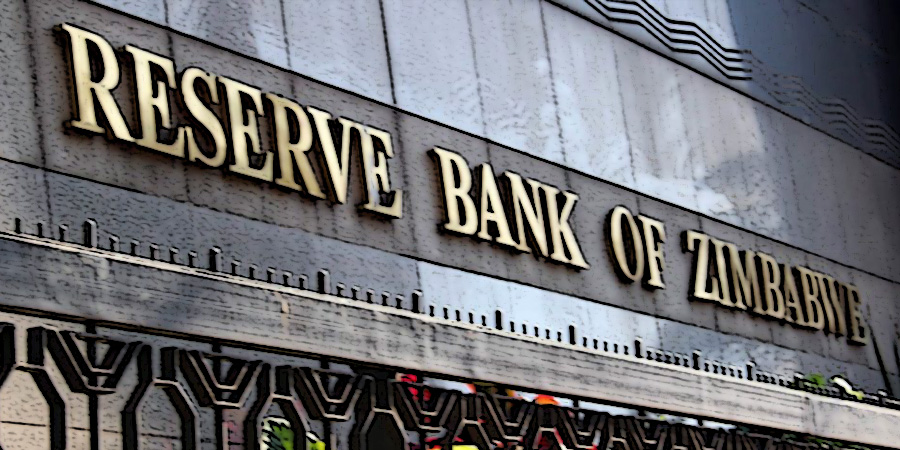
Eben Mabunda From a policy rate of 80% — already the highest in the world, the Zimbabwean central bank intensified its aggression on Monday (June 27), tightening the indicator to 200%. This, in a bid to curtail a runaway inflation which hit 192% in June from May’s 132%.
Buttressing fresh Treasury pronouncements, the Reserve Bank of Zimbabwe (RBZ) announced a raft of resolutions meant to hold the Zimbabwean economy together, whose centrepieces have been fragmenting with a local currency that has lost over 350% of its value since its re-introduction in 2019 — amid fears of a 2008 déjà vu.
The RBZ also resolved to introduce gold coins into the market, touted as a “store of value”. According to the apex bank, the gold coins will be minted by Fidelity Printers and Refiners (Pvt) Ltd and will be sold to the public through normal banking channels.
While the fuller details are yet to be issued regarding the coins, there are several issues to consider.
This instrument is being introduced as part of further efforts by the authorities to tame exchange rate losses and inflation.
Previously, the government used Open Market Operations to mop up excess liquidity: recently, the RBZ has been issuing negotiable certificates of deposit (NCDs).
Notably, gold coins are not money market instruments and would typically fall under a commodities market, but with the same effect of mopping up RTGS liquidity.
It must be understood that the concept of investing in gold as a store of value is not a fresh one, but one that has been in existence for centuries.
- Chamisa under fire over US$120K donation
- Mavhunga puts DeMbare into Chibuku quarterfinals
- Pension funds bet on Cabora Bassa oilfields
- Councils defy govt fire tender directive
Keep Reading
In modern-day history, every monetary unit in advanced economies had to be backed by either gold or silver. The United States abandoned the gold standard in 1971 when its currency ceased to be backed by gold; establishing a new monetary order.
At the same time, one of the main differences between investing in gold several hundred years ago and today is that there are many more investment options, such as: gold futures, coins, exchange-traded funds, bullion, mutual funds, companies and even gold jewellery.
As a store of value, the South African Krugerrand is a good example whose coins are not 100% gold, but an alloy of gold and copper. The value of the coin is derived from the value of the gold content in the coin as well as the reserves at the central bank. Although Krugerrand coins have no face value, they are considered legal tender in South Africa by the South African Reserve Bank (SARB) Act of 1989.
Going by the example of the Krugerrand, the governance of the minting of coins by the SARB is foolproof, as it sails on the credibility and the political immunity of the central bank over the years. This is a whole different ball game with the RBZ.
By contrast, Fidelity will likely mint gold coins with little reference to underlying value of the coin premised on the assumption the coin is backed by real gold in the RBZ’s vaults — against the promise that the coins will be liquidated at full value at the point of disposal.
The dangers of this are intricately presented by Buttressing fresh Treasury pronouncements, the Reserve Bank of Zimbabwe (RBZ) announced a raft of resolutions meant to hold the Zimbabwean economy together, whose centrepieces have been fragmenting with a local currency that has lost over 350% of its value since its re-introduction in 2019 — amid fears of a 2008 déjà vu. thus: “First the country has no gold reserves or sufficient production to set aside some for local sale in US dollars. Zimbabwe has securitised some of its gold assets and forward sold some of its produce.
“Against this background, it would be hard to imagine how the country will suddenly shift and sell its gold to locals in the Zimbabwean dollar when forex remains in shortage … As such, the risk of failure to fulfil settlements at points of disposal, on the part of RBZ, is very high.”
NB: At the point of submission of the article, the framework for the RBZ gold coins had not yet been issued.











